Four new features the Apple Watch needs (and one it needs to ditch) for watchOS 10
watchOS 10 is about to bring huge changes to your Apple Watch

watchOS 10 is coming, and in a surprise turn of events, may end up being one of the stars of WWDC 2023, alongside Apple’s new VR headset.
It’d be fair to say that while Apple’s wearable OS has always been a part of proceedings since its arrival, it’s perhaps not always had a lot to shout about. This time around, however, it may be watchOS’ time to shine, with rumors suggesting a sizeable update to core features like the Home Screen.
Here’s everything we want to see from watchOS 10, as well as something Apple can fix this time around.
Improved workout metrics for the gym
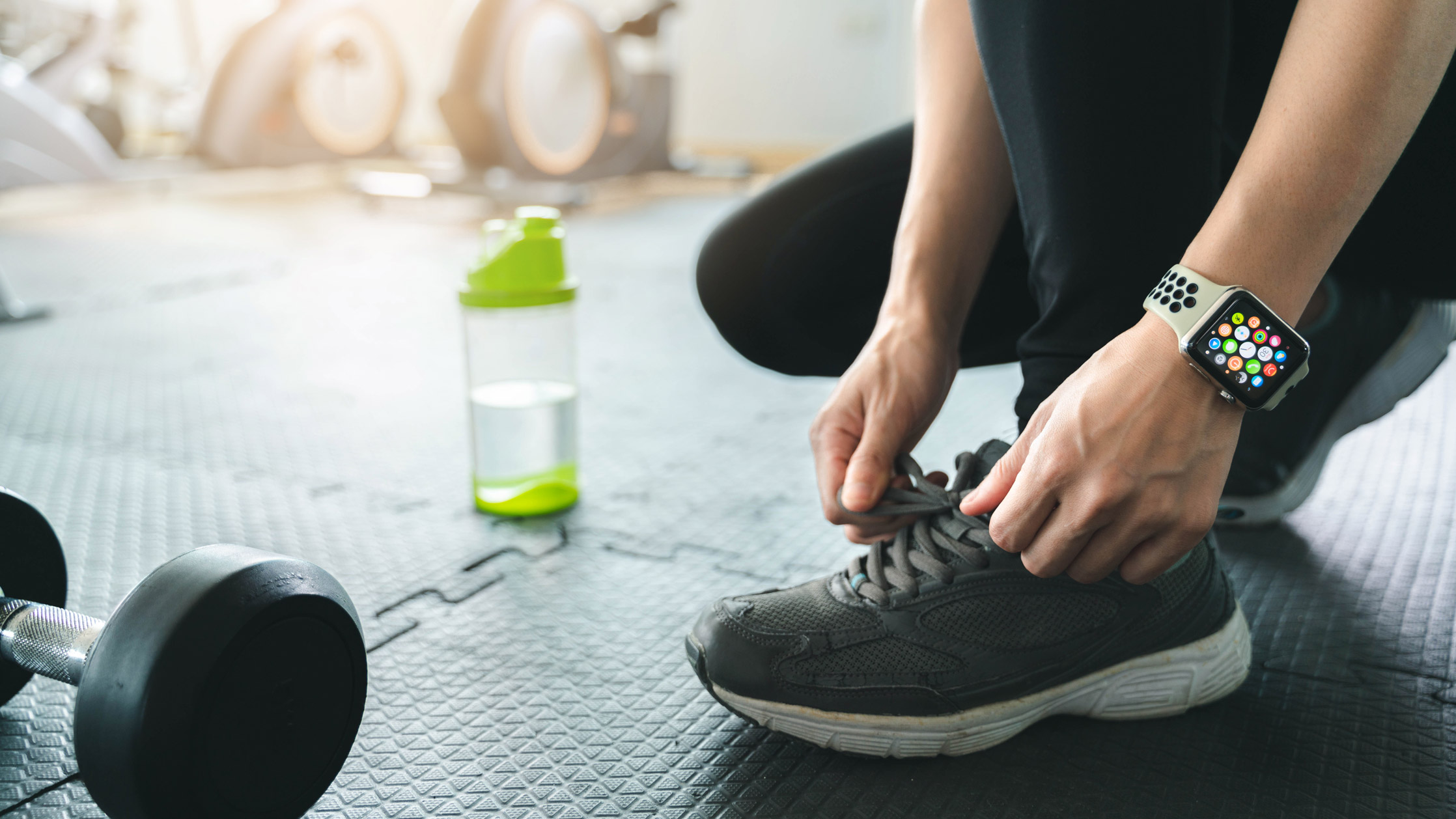
Last year’s watchOS update, watchOS 9, worked wonders for running, adding a variety of new metrics and a much more customizable workout app display. Additions like stride length and ground contact time are ideal for keen runners, and we think it’s time to roll it out to the rest of the available exercises.
We’ve already written at length about the challenge of offering similar metrics for gym-based workouts, but with so many excellent third-party options, it feels like a big miss. Even if Apple was able to somehow tie reps and sets into Apple Fitness Plus, it’d be something other than the standard calories burned, heart rate, and workout duration we have now.
Some idea of how much recovery our bodies need would also be great - if I complete my daily move goal ten times over in a particularly strenuous day, I shouldn’t need to
A widget overhaul
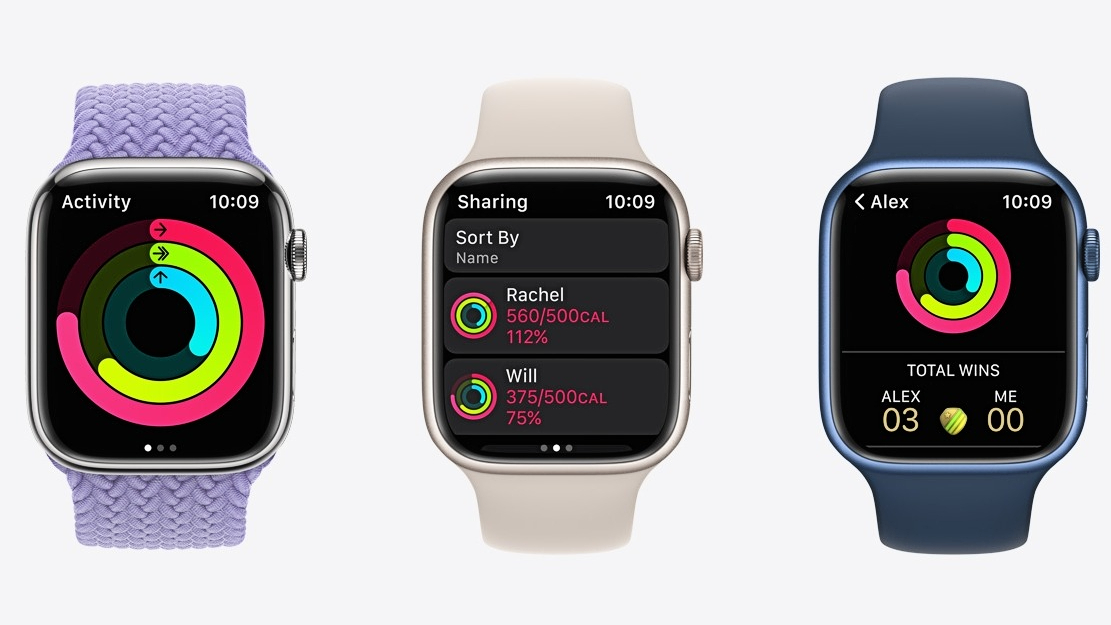
Widgets, also known as Complications, have been at the core of the Apple Watch since its inception. While the device has moved away from Glances (an all-screen widget that users could swipe through), it sounds like Apple may be looking to move back to something a little similar in watchOS 10.
Get daily insight, inspiration and deals in your inbox
Sign up for breaking news, reviews, opinion, top tech deals, and more.
Reports suggest that the entire UI will be based on revised widgets, instead of opening apps one by one. So instead of hopping into Calendar, then Messages, then, say, your task manager of choice, you may just be able to flick between each without truly “opening” any of them.
It’s a little tricky to imagine (perhaps because the app-based paradigm of the Apple Watch is so engrained) but we’re excited to find out more. The current complications system isn’t bad, but it does give apps fairly small areas to work within with some exceptions: how Apple will reconcile that with still offering a traditional “face” remains to be seen.
An Apple Watch face gallery
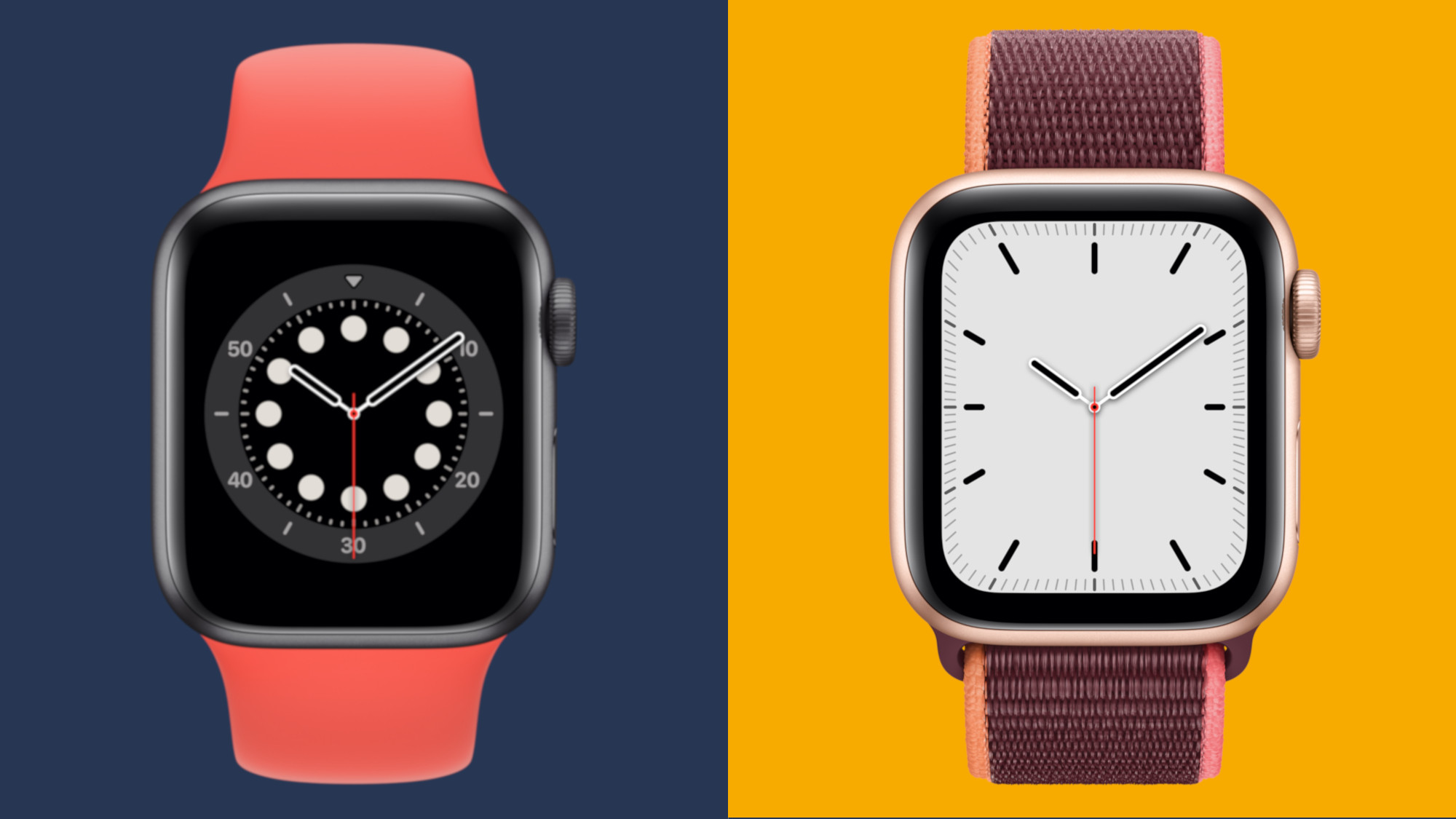
When the Apple Watch debuted with customizable watch faces, it felt like a matter of months before we’d have a gallery to choose our favorites.
And yet, here we are in 2023, still restricted by presets with color variations. A whole cottage industry of watch face designers has sprung up, but Apple just seems insistent on avoiding it entirely.
That’s a shame because, with the strides made in Lock Screen customization on the iPhone, it feels like the Watch should be next - especially given its personal nature by virtue of the fact it’s strapped to your body.
Perhaps it’s an issue around policing what’s shared, but it feels like a big miss - here’s hoping for better in watchOS 10.
Better bedtimes
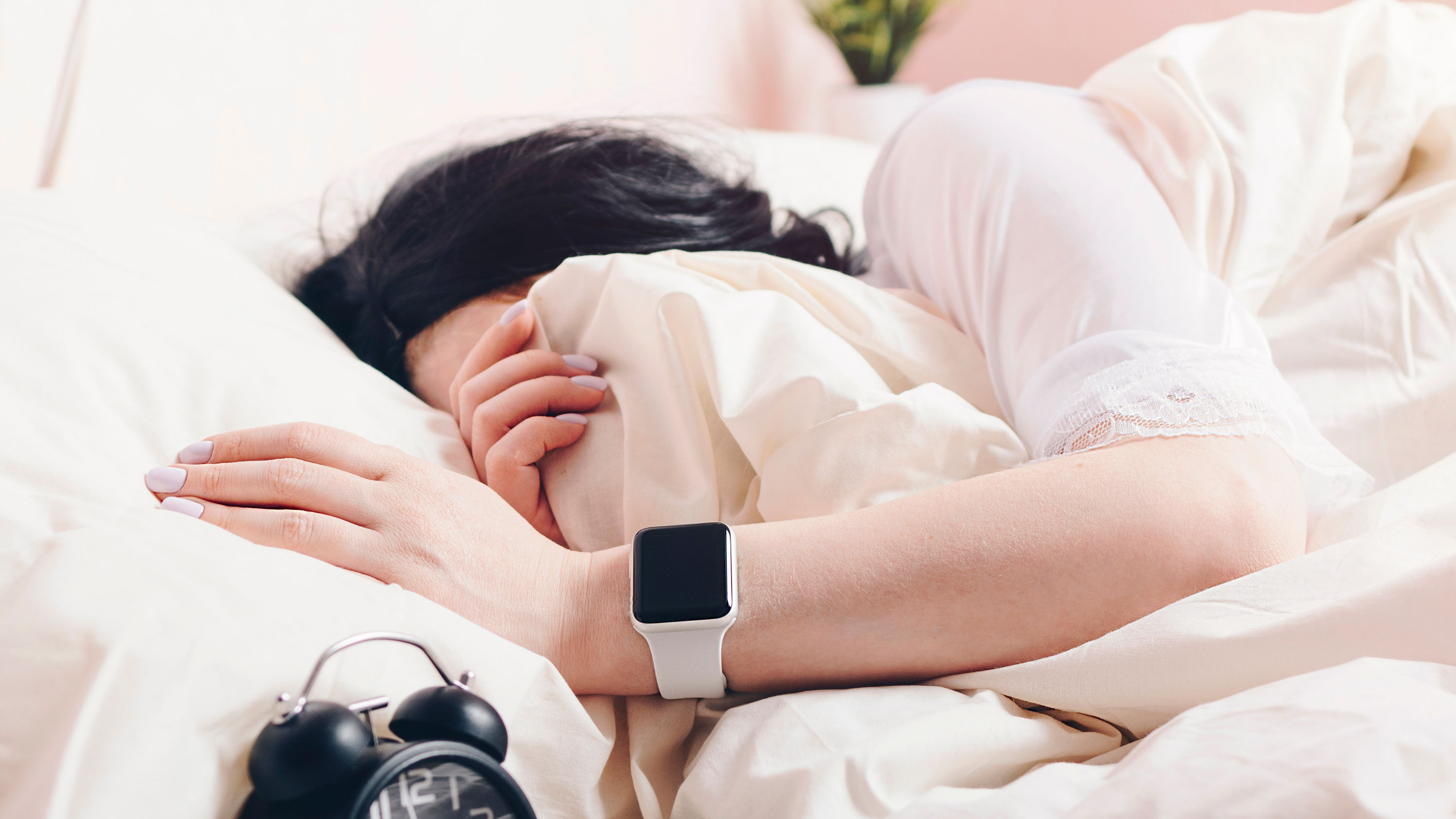
For a long time, I gave the Apple Watch a “pass” on sleep tracking for two reasons - it can do pretty much anything (so, therefore, it’s ok to not be great at any one thing), and the battery life never felt conducive to wearing for any longer than a full day before needing to charge overnight anyway.
With rapid charging (or the Apple Watch Ultra), that second point is moot, and while I’m happy to say sleep tracking is solid, it pales in comparison to options like Sleep++ from third-party developers.
For one thing, Apple is too rigid in its approach. You have to manually set your bedtime schedule, and there’s no accounting for the ad hoc naps I’m so fond of when I’ve got the house to myself. Let’s hope the Apple Watch starts to get wiser about sleep - because it’s much, much more expensive than options from the likes of Fitbit that do it much more consistently. Otherwise, it can't hope to conquer the Oura Ring, which is top of our list of the best sleep trackers.
It’s time to ditch the iPhone
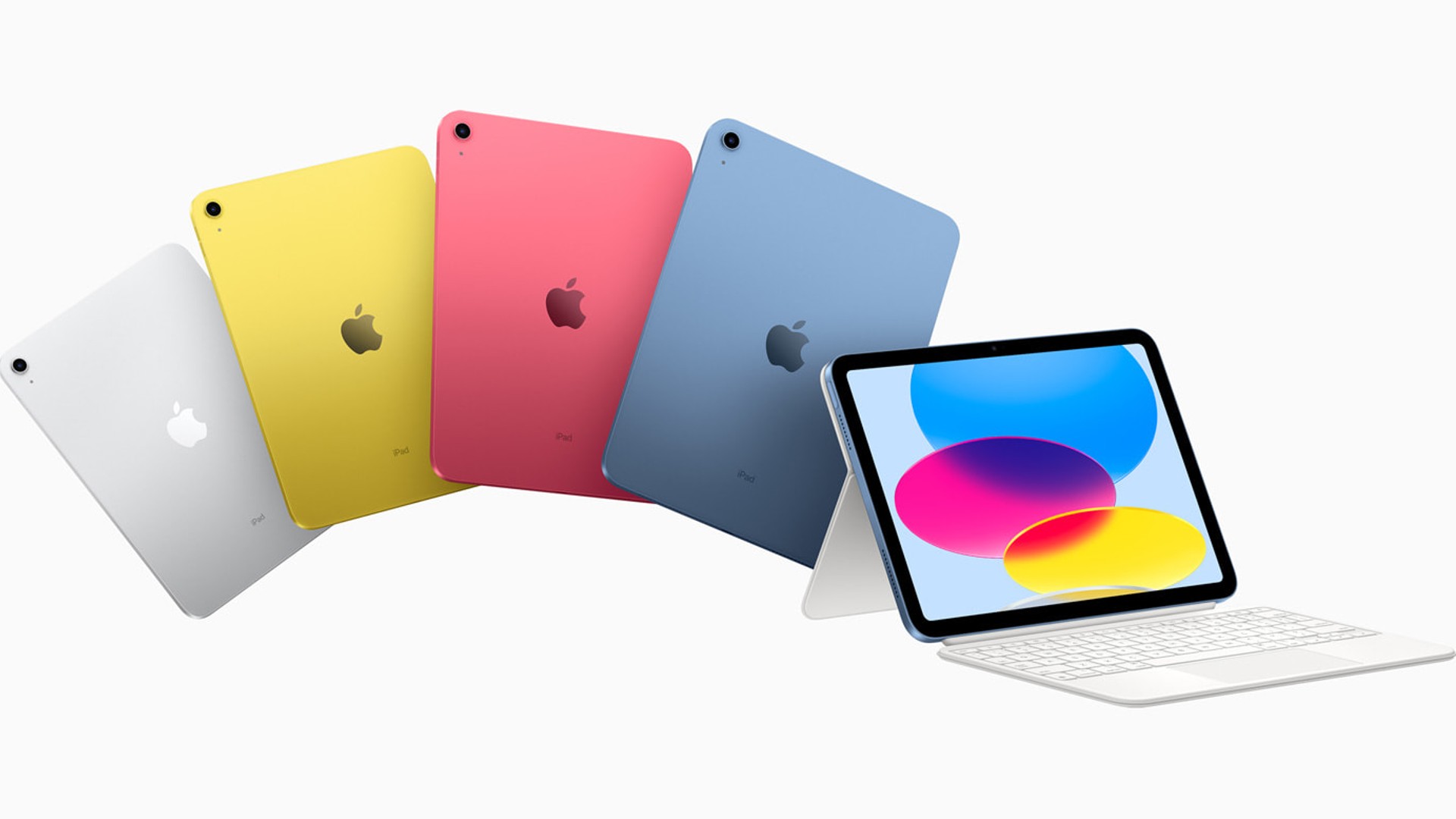
Well, not entirely of course, and while the Apple Watch is firmly part of that “ecosystem” we’re always hearing (and writing) about, it needs to cut the apron strings from its overbearing parent.
With family setup, you can set up an Apple Watch for a family member or friend, which is ideal for those who have an iPhone-carrying relative. And yet, did you know there’s no Health app on the Apple Watch? It’s collecting health data, of course, but you’ll need to ask the aforementioned iPhone owner if you want to check for fitness or health trends.
It’s a strange system, and while Apple may want to keep itself as far from Android phone users as possible, many Pixel and Samsung owners have asked me if they should get an Apple Watch.
That’s because, in many ways, Apple is ahead of the pack - but it needs to open itself up to non-iPhone owners.
A decent start would be simply by letting users with one of the best iPad or Mac computers to set up their wearable, not just iPhone users. Here’s hoping for change in watchOS 10.

Lloyd Coombes is a freelance tech and fitness writer for TechRadar. He's an expert in all things Apple as well as Computer and Gaming tech, with previous works published on TopTenReviews, Space.com, and Live Science. You'll find him regularly testing the latest MacBook or iPhone, but he spends most of his time writing about video games at Dexerto.